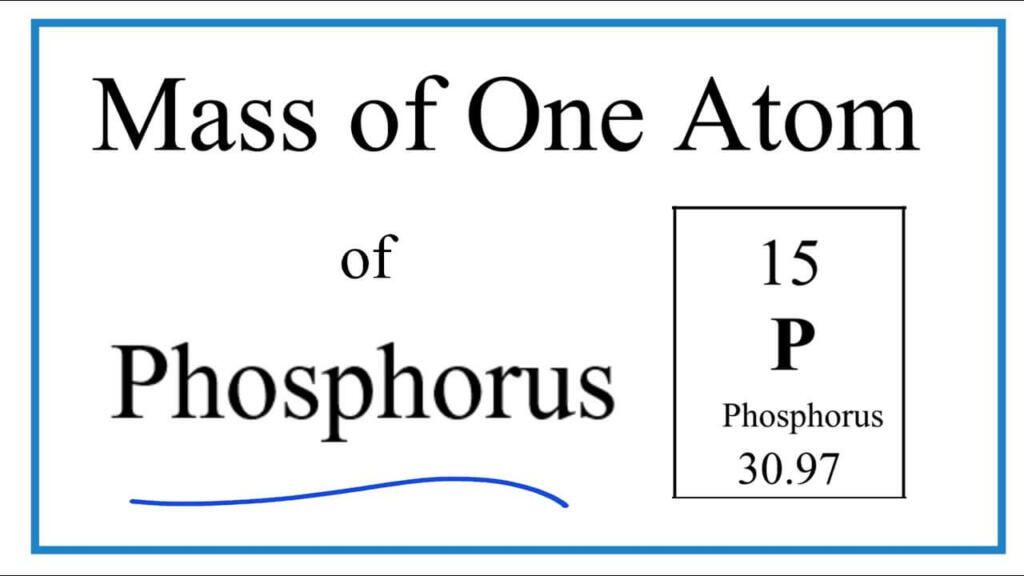What is the Molar Mass of Phosphorus: Detailed Answer
Discover how to calculate the molar mass of phosphorus in simple terms and overcome its complexity. Examine the basic ideas underlying this important chemical concept in a straightforward and understandable manner.
Molar Mass Of Phosphorus
Phosphorus, which is a chemical element, has a genetic molar mass value of approximately 30.97 atomic mass units. This element can be found in the form of gas, substance or liquid in the present world and it is also found in our Prakritik Vatavaran. The genetic material of Phosphorus is located at the 15th place in the periodic table and is compared with hydrogen.
The molecular weight of phosphorus, expressed in AMU or atomic mass units, is equal to one times the number of protons and neutrons. Its presence on Earth is vital for our life, because it is incorporated into our bodies in the form of bones, teeth and DNA.
The knowledge of the genetic material of Phosphorus occupies an important place in our chemical and physical sciences. Find out its exact quantity and what is its use in kshetron. It is an essential element present in our environment and its importance is great for our life.
Apart from this, the knowledge of genetic burden of phosphorus is also very important in our agriculture. It is used in fertilizers which provide proper nutrition to the plants. This helps in crop growth and helps in improving the soil.
The genetic origin of Phosphorus is also found in our country, some of the major sites being Rajasthan, Madhya Pradesh, and Jharkhand. Phosphorus minerals are found in these kshetrons.
Also Read: Who Was Frederic Sorrieu? and Short Biography
Generally, the molecular weight value of phosphorus is 30.97 AMU, but depending on its state it can be thos, liquid, or gas. Its study is widely used in improving our environment, in agriculture and in chemical equipment.
Thus, the knowledge of the genetic material of phosphorus is widely present in our life, and its study is very important in our chemical and physical sciences.
